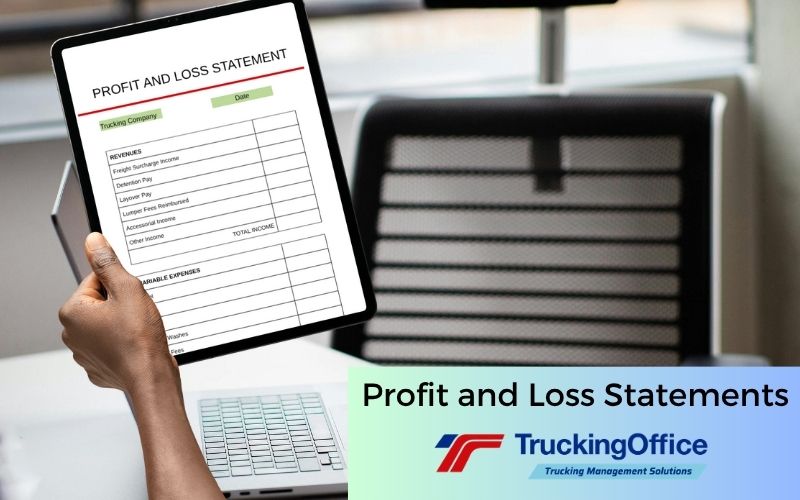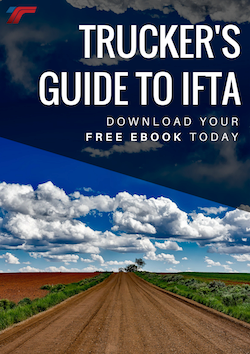When a trucker has a dispatch route and map, they know where to deliver a load. But what if that trucker wants to grow their trucking business? That process can be confusing. A profit and loss statement is a required document in that process. What is it? What does it show?
Profit
Everyone wants to make a profit. But do we know how we make a profit in our small businesses?
It’s easy to get lost in the vast amount of data that any business generates. For anyone who isn’t trained in accounting, trying to make sense of where the money comes from seems simple enough. Who’s paying? That’s the income – but is it the profit?
Versus Losses
Profit and net income are not the same. Profit is the amount of money a business has left after all expenses are paid. Some of those expenses aren’t paid per load. Take insurance. That may be a monthly expense (or quarterly or per half) but it’s not directly related to a particular load like fuel or tolls or lumpers are.
Profit and Loss Statements examine one moment in time in a trucking business to determine the state of the company’s finances.
Why is that important?
It seems obvious. Is the company making money? Yes or no?

Profit AND Loss
But it’s not a black or white question – which is why a profit and loss statement is important.
Profit and loss statements also include unpaid invoices. The load that is hauled in November and billed before the end of the month is included in a November P&L statement even if it isn’t paid until December.
Accrual Accounting and Cash Accounting
This is a quirk of accounting that non-accountants rarely understand, but it’s a factor in the statement. The money is credited in November, not December. This is how accrual accounting works. After hauling a load in November and invoicing it in November, it’s considered part of November’s income no matter when it is paid. If a bill comes in for the trucking company to pay in November but it will not be paid until December, it’s still counted in the November accounting.
Cash accounting, which many independent owner operators use, is based on actual cash movement. Cash comes in during November is in November’s profit and loss statement. Bills that are received in November but are paid in December are part of December’s profit and loss statement.
Does it matter?
Yes, if you’re interested in attracting investors or taking a loan for expansion.
Investors and banks expect to see a profit and loss statement. It’s the key component to show the financial state of a business.
But it has its limits.
That’s why Trucker Stats™ reports are important to an independent trucker. Trucker Stats™ take into account all the income and the outgoing money. Revenue reports can focus on the period of time, the trip, or the truck. By examining specifics, a truck owner can determine what’s working for their company and what isn’t. Are long-distance trips better than local lanes? A profit and loss statement won’t show that level of detail. Revenue reports from TruckingOffice PRO use the data that is already entered into the program for dispatches and invoicing and reuses to get down to the nitty-gritty. A Company Overview Report can provide the deep dive into the data to fully understand the financial status of an independent trucking company.
When it’s time to expand and that requires investors or banks, the profit and loss statement is vital. But first, take a look at the Trucker Stats™ and see what can be improved to make the statement stronger.








Recent Comments